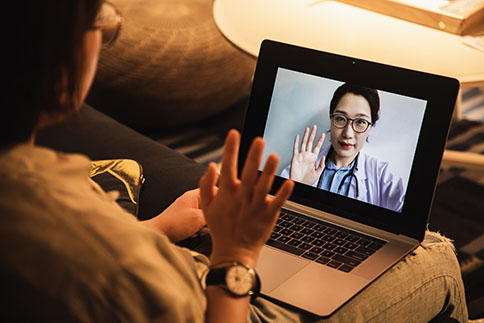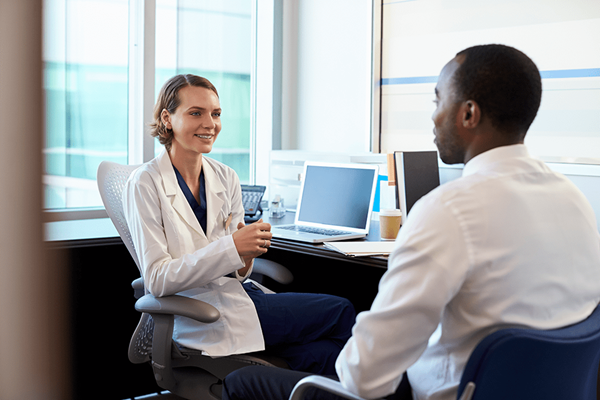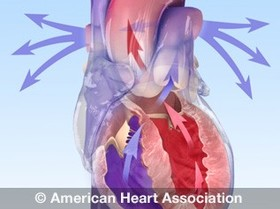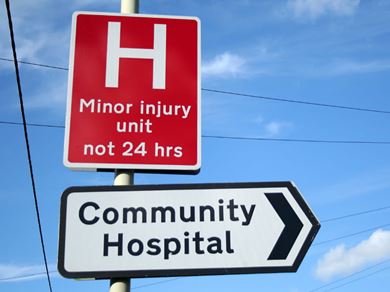Stroke Risk Factors

Risk Factors
Stroke Risk Factors You Can Control, Treat and Improve

Keep your risk of stroke low with regular checkups and treatment for these conditions if you have them.
Stroke Risk Factors That Are Not Within Your Control

Understand the risk factors you can’t control and get motivated to work on those you can improve.
Additional Factors That May Be Linked to Higher Stroke Risk

Whether your risk of stroke is related to changeable factors or is primarily outside of your control, your heart and brain benefit from healthy lifestyle choices.
Managing Risky Conditions
Atherosclerosis

Atrial Fibrillation

High Blood Pressure

Social Drivers of Health and Risk Factors
The Urgent Need for Health Equity
Everyone should have an optimal, just opportunity to be healthy. But this is not the reality for many people of color and others whose health suffers because of social factors beyond their control. People suffer when they lack access to quality care, nutritious food and other basic health needs.
Mounting Social Determinants Could Magnify Stroke Risk
Environment, Culture, and Other Social Determinants Play a Big Role in Heart Health
Do It Yourself Health Lesson: Stroke
Our free DIY health lesson teaches you how to spot stroke warning signs and make smart choices to protect your brain and body. Learn at your own pace and take charge of your health — one step at a time.


Stroke Patients More Likely to Die in Rural Hospitals Than in Urban Ones
Researchers found that stroke patients treated at rural hospitals were about half as likely to receive clot-busting medication than those treated in cities. They were roughly one-third less likely to undergo a clot-removing procedure (thrombectomy) and more likely to die of any type of stroke before leaving the hospital (6.9% versus 5.8%).Women Face a Higher Risk of Stroke
Stroke in U.S. Women by the Numbers
- One in 5 women will have a stroke.
- About 55,000 more women than men have a stroke each year.
- Stroke is the No. 3 cause of death in women.
- Stroke kills over 90,000 women a year.
